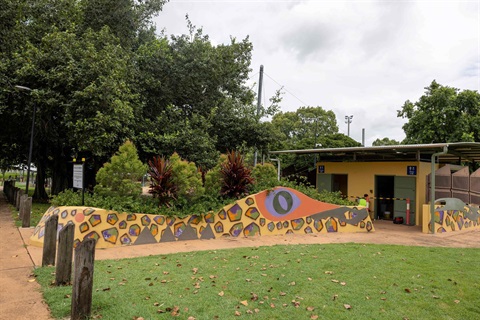Feet can be polarising. There are those for whom a long soak in a foot spa or a is the ultimate cure for stress. Then there are those who cannot even of feet.
Author
Dan Baumgardt
Senior Lecturer, School of Physiology, Pharmacology and Neuroscience, University of Bristol
But, love them or loathe them, our plates of meat are a masterpiece of construction. Their bones are ordered like stones of an arched bridge. In fact, each foot is a – along the sides and across the sole.
These arches become compressed when your foot touches, then pushes into the ground. This of body weight across the floor to avoid wear and tear to the tissues. Then, when the foot lifts off the ground, the squashed arches rebound back into position.
Sometimes the arches don’t form properly or collapse. This leads to , where the sole is in complete (or near complete) contact with the floor. The opposite is , where the arches are more pronounced. Each of these conditions can lead to abnormalities in the distribution of forces from body weight, often resulting in foot pain.
Some with or talipes equinovarus: feet that turn inwards and downwards. The condition occurs when the Achilles tendon is too short. It’s a relatively , affecting around one in every 1000 babies – and it’s more common in boys.
Clubfoot can be corrected by physiotherapy and surgery. It can also be treated by the – repositioning and casting the feet in plaster over time.
Unhappy feet
is fundamental to good foot health. The best shoes are those that support the arches, and don’t force the feet or toes into unnatural positions.
Stilettos, for example, , preventing it from proper contact with the floor. In addition, squeezing the toes into the pointed tips of the shoes crushes them together, which can lead to deformities. are one example – where the toes become bent and point upwards from the floor instead of running parallel to it.
(or hallux valgus) are another possibility. This is where the big toe bends towards the little toe – often a result of wearing pointed shoes for extended periods. Sometimes these deformities become fixed or severely painful and may have to be treated with surgery.
Any condition of the foot which alters its shape can lead to rubbing against the inside of footwear – as can shoes that don’t fit properly. Most of us will have experienced blisters from a new or tough pair of shoes, worn for their first outing – but skin naturally responds to friction and, over time, will thicken. This protective measure causes the formation of , a toughened, painless patch of skin.
Pressure on the feet can also lead to the development of . These are smaller and have a central core that can press on nerves and generate pain. in warm water then filing down with a pumice stone can help.
So, high heels and ill fitting shoes aren’t great, but those with completely flat soles – like some ballet pumps and espadrilles – aren’t that good for the feet either. They don’t provide support for the foot arches, which can lead to back, hip and knee problems, as well as . This is inflammation of the soft tissue in the underside of the foot, which can cause pain around the heel and arches.
It’s estimated that around of people experience foot pain, with women more likely to be affected than men.
The moral of the story? Treat your feet to a pair of well-fitting shoes that support their arches and won’t store up pain for the future.
![]()







